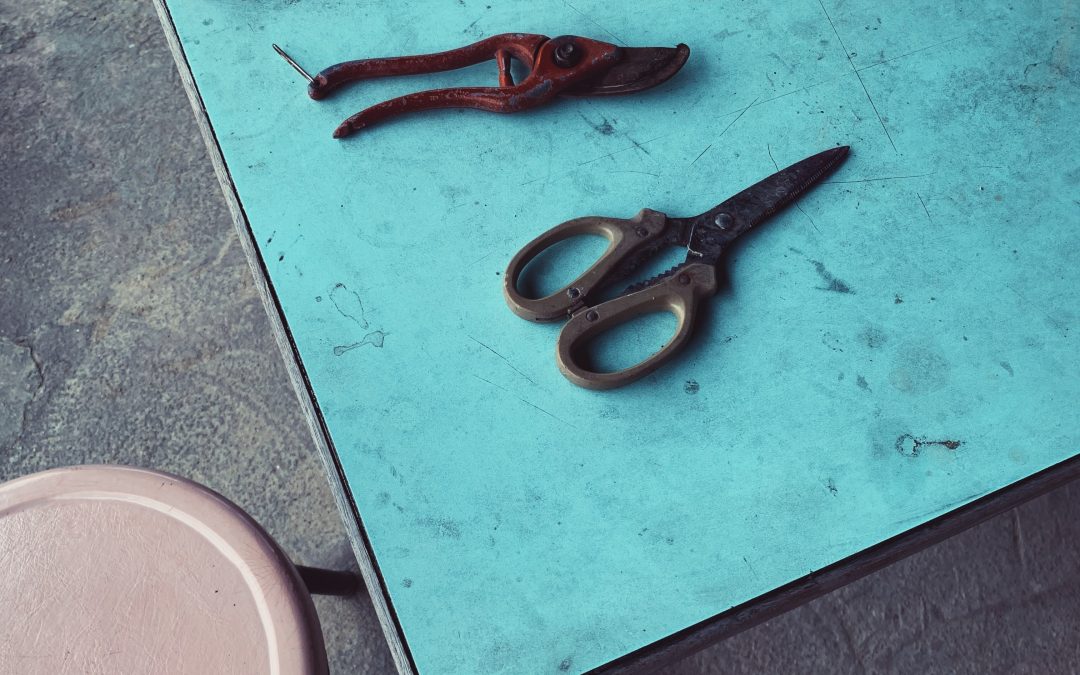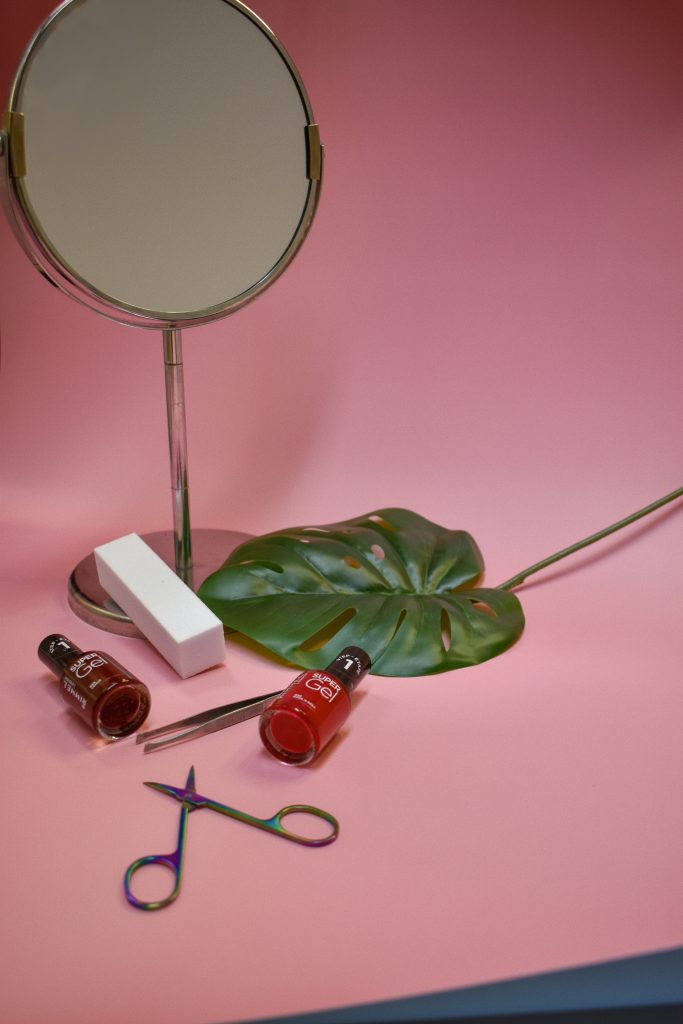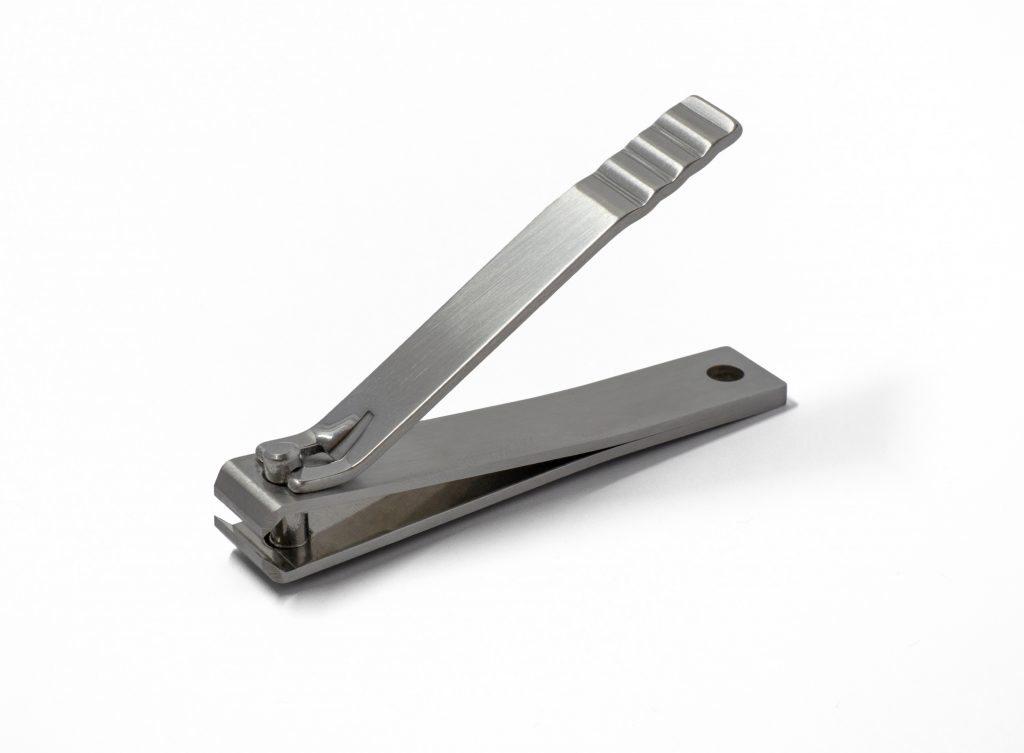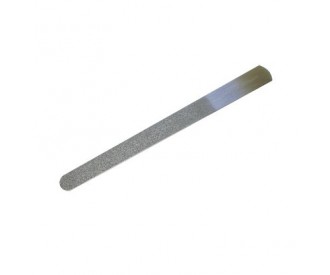Cutting toenails seems like a simple task, but, if done wrong, it can result in ingrown toenails, wounds, or the spread of fungus. Age, trauma, and fungus can result in our toenails becoming harder and thicker making them more difficult to cut. There are several tools on the market designed to make this process easier but which ones are best? As we know, poorly cut nails can lead to ingrowing toenails, infections as well as trauma to the nail resulting in poorly growing thick nails. So, let’s look at what tools are available, and which are best to use. We have also included our step-to-step guide for cutting toenails.
Scissors
I think most people have a pair of these in the drawer somewhere! These are not designed for cutting toenails. They do not grip the nail, so somewhat skip off the nail, they have a sharp point which can cause damage and can lead to infection. With these there is also a tendency to cut the nail to the shape of the toe rather than straight across which can lead to ingrowing toenails. Lastly, they will not go through thicker nails no matter how hard you try! Best to leave these for finger nails or to gather dust in a drawer somewhere!
Toenail clippers
These are a staple in most manicure kits and appear to look like they may cut through those tougher nails better. They are used to cut small straight lines across the nail. They are cumbersome to use and can result in poorly cut nails, cut too short, with sharp edges. Cutting toenails too short, or too far down the sides can lead to infection, pain and ingrowing toenails. Another one for the dust drawer!
Electric nail clipper
I’ve started to have ads pop up for these on my facebook account, have you? On further exploration they seem to cut in the same way as the toenail clippers, but they are a battery operated. Although I haven’t actually used one, they appear to be as dangerous (if not more than the scissors and the toenail clippers). As you put your toe in the box you can’t actually accurately place the cut and therefore are a higher chance of injury or causing an ongoing problem requiring surgery. Best not to waste your money on these!
Professional toenail cutters
I’m often asked what nippers we use. In clinic, we have German made cantilever nippers. These aren’t cheap as we invest in our instruments to last given the amount of use they get! I am not recommending you spend £80-£100 on a pair of these but there are some suitable alternatives on places like amazon which have a much cheaper price tag. Look for ones with a spring to help your wrists and gripping on the handles. These are more suitable to use if you can easily reach your feet and your nails aren’t too thick. They are good at gripping the nail and you can easily go straight across the nail without the chance of injury. However, if you are unable to reach your feet, or your nails are too thick to use these, please try using a file as indicated below.
File
Once nails have been cut according to our guidance below, you can maintain the growth safely by using a diamond deb file. Filing the nails, when dry, 1-2 times a week as you would when filing a finger nail will maintain the length and shape with no need to cut them again. An injury is far less likely to occur using this method and you will be far less likely to cause an ingrowing toenails. You can also use the file on the top of the nail to keep the thickness reduced.
See a professional!
If you are unable to reach your nails, nails are too thick or your nails are a difficult shape, we recommend seeing a HCPC registered podiatrist to cut them. It is also advisable to seek professional help if you suspect you have fungal nails or ingrowing toenails as well.
Follow our step-by-step guide to cutting toenails:
- Use the correct tool as indicated above, make sure you wash tools between uses.
- Frequency – our nails grow about 2mm a month on average so usually nails need cutting every 4- 8 weeks
- Cutting nails after soaking them may make thicker nails easier to cut. However, watch out as softer nails are more likely to bend or tear off which can cause further damage.
- Cut the nail straight across, do not follow the shape of the toe. This may mean you have more of the white tip in the corner of the nails, this is normal. Start by cutting a little amount and go back over it if you need the nail slightly shorter. You should have 1-2mm of visible “white” at the end of the nail.
- Smooth off the nail with a file to smooth any jagged edges that run the risk of snagging and tearing the nail.
You can find out more about how to cut nails to prevent ingrowing toenails here.
So in conclusion, using the right tools, cutting toenails straight across, not down the sides of the nail should mean an injury free process. If you aren’t sure contact your local HCPC podiatrist for advice.






